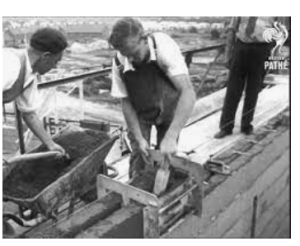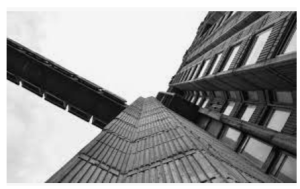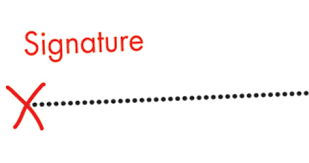Concrete is an incredibly versatile building material. The feeling after the second world war was one of hope and some optimism. The past was seen as bad, and it led us into the most destructive war the world had ever seen. This feeling was to spill over into politics, art, social attitudes, and architecture. Designers decided that they wanted to build places where people could live and work. Rather than build them in the traditional brick and block monoliths of the past, it was time to create some places that had a sense of community and looked futuristic and modern. The answer lay in the stuff that had helped to build tank traps, obstacles, and bunkers.
The problem that they had was it was hard to make a brick look circular. However, if you ask someone like Concrete Stroud based company www.monstermixconcrete.co.uk/concrete-stroud/ then they will tell you that with reinforcement and moulding, concrete can pretty much make any shape that you want.
Concrete was recognised as a building material before the 1950s, but it had never been seen as being used in such a radical way. Soon designs were being created with outlandish and futuristic features. Community living, with shops and community centres built into the very fabric of the estate, would bring togetherness and a sense of camaraderie that was unheard of. They would be light and airy, clean and smooth. They would be an urban Artscape, and concrete would be the creator.






